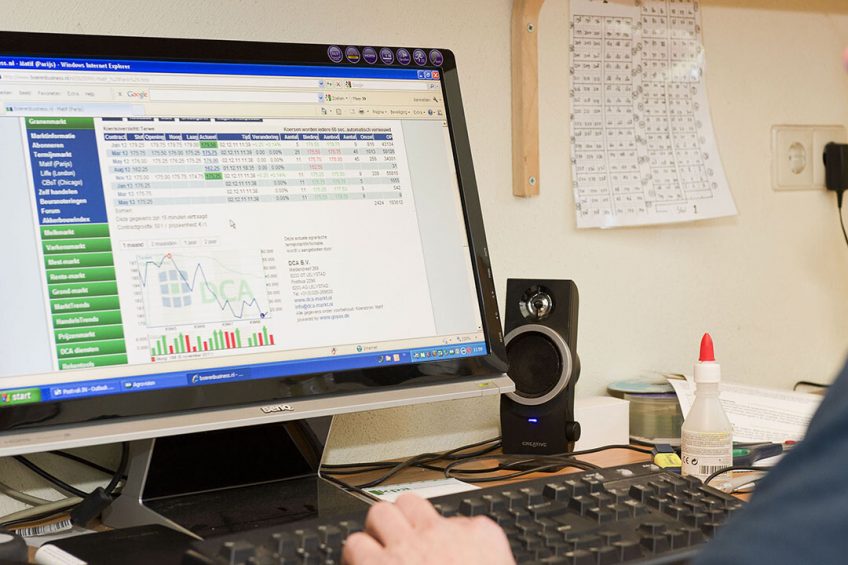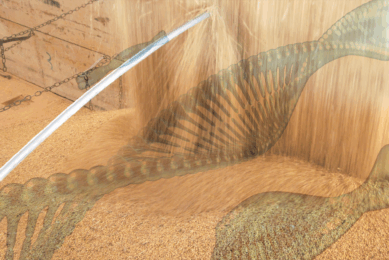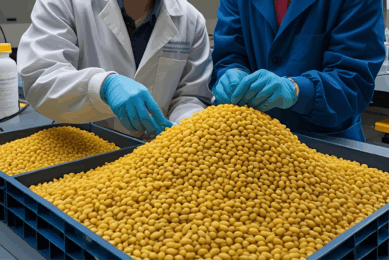Corn, sugar and soybeans resistant to Covid-19

Grain, soy and sugar became more expensive on the agricultural futures markets in 2020, in spite of the Corona-crisis
The Corona-crisis had a significant effect on the global economy in 2020. Normally, this reduces the demand for agricultural raw materials, resulting in lower prices, but the agricultural futures markets are proving to be resistant to the economic downturn. Wheat, corn, soybeans and sugar became significantly more expensive in 2020 on the agricultural futures markets in Chicago, Paris and London. Share prices also ended at a higher level in 2020 than on the last trading day of 2019. However, the price increases on the agricultural futures markets were much larger than those of the AEX index and the Dow Jones.
AEX index higher
The oil price reflects just how much the economy is suffering from the Coronavirus. The price of a barrel of Brent oil on the last day of 2020 was almost 20% less than at the end of 2019. Stock prices were able to recover from the free fall earlier in 2020, and when it became clear that at the end of 2020 the first people could be vaccinated against the coronavirus, stock prices rose. Last year, the AEX concluded at 604.58 points, 3.3% higher than the closing position of 2019. The Dow Jones index closed 7.2% higher last Thursday than on the last trading day of 2019.
Futures markets shows resilience to pandemic
The agricultural futures markets showed resilience to the Corona pandemic. This becomes clear when the closing quotations of the first-expiring contracts of 31 December 2019 are compared with those of last Thursday. The first-term contracts provide a good picture of current market sentiment. An investment in forward contracts for soybeans in particular yielded the best return. The first-expiring contract (March 2020) closed 31 December 2019 at US$ 9,555 per bushel, and at the end of 2020, the first-expiring contract (March 2021) is up by no less than 37.2% due to drought in Brazil. Moreover, China imports a lot of soy.
China not only buys a lot of soy, but also buys corn, wheat and sugar. The corn price in Chicago was 24.8% higher at the end of last year than at the end of 2019. In Paris, the difference was 15.6%. The corn price was boosted at the end of 2020 when Argentina announced that it would suspend corn exports until the end of February for fear of domestic shortages.
Investment in sugar bore fruit in 2020
The wheat price in Chicago rose 14.6% last year, and in Paris, wheat prices rose by 13%. Wheat prices also benefited when Russia, the world’s largest wheat exporter, announced that it would curtail exports in February for fear of domestic shortages.
An investment in sugar also bore fruit in 2020. Last Thursday, the first-expiring sugar contract in London ended 17.2% higher than at the end of 2019. Thailand produces less sugar due to drought and less sugar is available in the EU because the yellowing virus has wreaked havoc in the beet crop. Brazil will also convert more sugar into ethanol, which will then no longer available for the world market.











